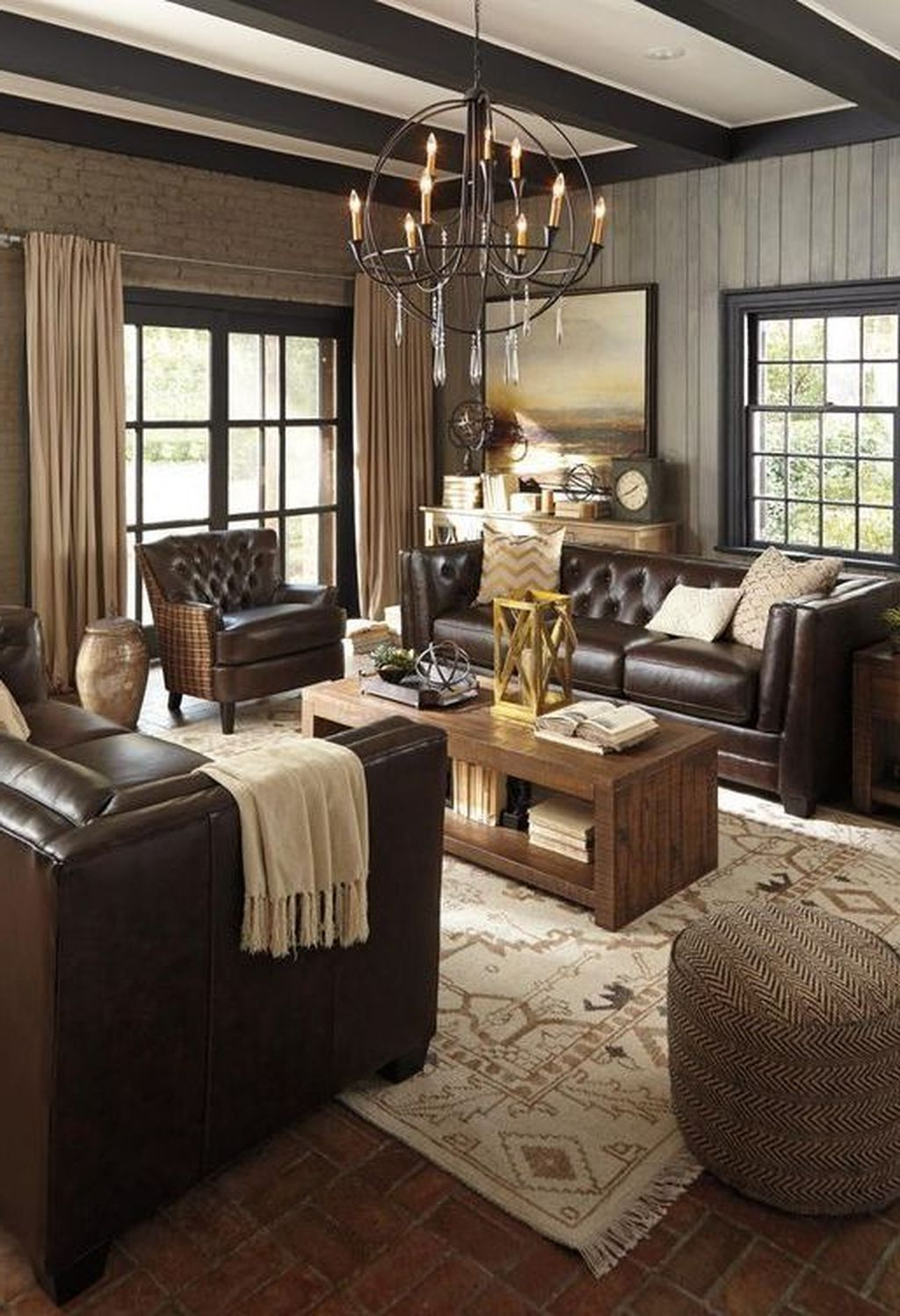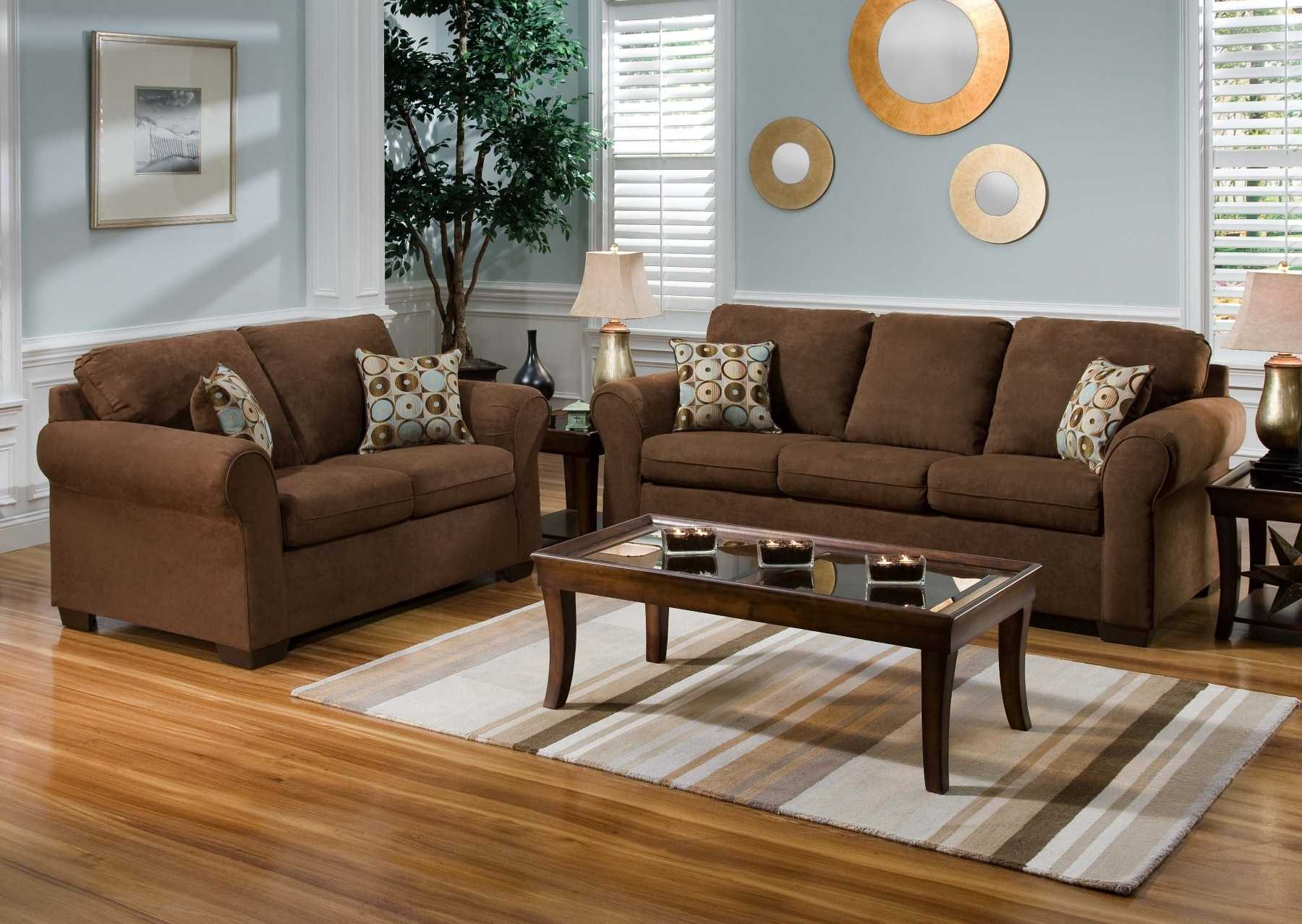A brown sofa isn’t just furniture—it’s the foundation of your entire room’s personality. But how do you make it work with colors that feel fresh and exciting? It’s not about choosing the same brown again and again. It’s about understanding how to layer colors that complement and contrast beautifully. The secret lies in knowing which hues make your brown sofa pop while keeping everything feeling cohesive.
Let’s face it—brown sofas are everywhere. They’re practical, they’re cozy, and they’ve got that timeless appeal that makes them perfect for family rooms and living areas. But when you’re trying to create a room that feels vibrant and intentional, it’s easy to get stuck in a brown rut. What if we told you there are dozens of ways to bring life and depth to your brown sofa space without feeling like you’re doing something too bold? We’re talking about harmony, balance, and yes, some serious color coordination skills. This isn’t about being fancy or expensive—it’s about making smart choices that enhance your existing setup.
Understanding Brown Undertones
Before diving into color choices, it’s important to know what kind of brown you’re working with. Is yours warm like caramel or cool like charcoal? Some browns have red undertones, others lean toward green or neutral tones. These little details matter because they determine which colors will make your sofa look its absolute best.
Think of undertones like a hidden personality. A warm brown might pair well with deep oranges and yellows, while a cooler brown could shine next to blues and grays. You don’t have to be a color theorist to notice this difference—just look at how your sofa looks under different lighting. Notice if it seems more golden or more grayish. That’s your guide to starting your color journey.
Creating Visual Balance with Complementary Colors
When you’re working with a brown sofa, one of the easiest paths to success is using complementary colors. These are colors directly across from each other on the color wheel. For example, if your sofa leans toward reddish-brown tones, consider adding touches of blue or teal. If your brown is more neutral or beige-toned, try introducing orange or yellow accents.
Here’s a simple way to think about it: your brown sofa is like a canvas, and complementary colors are the brushstrokes that make it come alive. Don’t go overboard though. Start with one accent color and build from there. Maybe choose a blue throw pillow, then add a blue vase or artwork. The key is consistency and balance—not every element needs to match exactly, but they should all feel connected.
Using Neutral Tones for Seamless Flow
Sometimes, the most elegant solution is to stick with neutrals. White, cream, beige, and soft gray work incredibly well with brown sofas because they create a calm, sophisticated vibe. These colors let your sofa shine without competing with it.
Imagine a room where your brown sofa is surrounded by white walls and light wood furniture. The overall effect is clean and airy, but the brown sofa still anchors everything. It’s like having a favorite song in a playlist—you know it’s there, but it’s not overwhelming. This approach works especially well in smaller spaces where you want to avoid visual clutter. Plus, neutral tones are forgiving and timeless, so you won’t find yourself wanting to change things every few months.
Adding Pop Colors for Personality
If you’re someone who likes a little drama, pop colors are your best friend. These are bold, vibrant hues that create energy and excitement in a room. Think deep emerald green, rich burgundy, sunny yellow, or even electric blue.
But here’s the thing: pop colors don’t have to be scary. Start small. Add a single bright throw, a statement chair, or even a colorful rug. Let the pop color become the focal point, not the whole room. It’s like seasoning a dish—the right amount makes everything taste better. Too much and it overwhelms. Just right and it brings everything together with personality and flair.
Texture and Pattern Play
Colors aren’t the only game in town. Texture and pattern can take your brown sofa room from good to great. Consider mixing materials like velvet, linen, and wool to create depth and interest. A velvet armchair in a rich burgundy can make your brown sofa feel more luxurious, while a woven throw in natural fibers adds warmth and organic texture.
Patterns can also be powerful. Stripes, geometric prints, or floral designs can tie the room together without looking chaotic. Just make sure they complement rather than compete with your brown sofa. A subtle stripe in a neutral tone can create visual movement, while a bold pattern in one accent color can act as a bridge between your sofa and other elements in the room.
Lighting and Its Impact on Color
This one often gets overlooked, but lighting can completely change how colors appear in your space. Natural light makes everything look brighter and more vibrant, while artificial light can shift colors toward warmer or cooler tones. A brown sofa that looks rich and warm in daylight might seem flat or gray under harsh fluorescent lights.
Take a moment to observe your room during different times of day. Notice how the colors change. Then adjust your decor accordingly. If you have a lot of natural light, you might want to add deeper, richer colors to balance out the brightness. If your room tends to be dim, lighter colors can help brighten the space and make your brown sofa stand out even more.
Practical Tips for Implementation
Ready to put these ideas into practice? Here are some helpful strategies:
• Start with one dominant color and add two or three supporting shades
• Choose one accent color that complements your sofa’s undertone
• Layer textures and materials to add depth
• Test paint samples on your wall before committing
• Add plants or natural elements for a fresh touch
• Don’t forget about accessories like cushions, throws, and artwork
Remember, the best living room color scheme isn’t about following rules—it’s about finding what makes you happy. Try different combinations, see what feels right, and don’t be afraid to tweak as you go. Your home should reflect your personality, and your brown sofa can be the star of the show.
Avoiding Common Mistakes
Even experienced decorators sometimes fall into traps when working with brown sofas. One big mistake is assuming that brown means beige. There’s a whole spectrum of browns out there, and each one responds differently to color choices.
Another common error is trying to match everything perfectly. Remember, a little contrast is healthy. It’s okay if your accent colors aren’t exact matches—they just need to feel connected. Also, avoid going too dark too quickly. If you’re unsure, start with lighter versions of your chosen colors and work your way up.
Finally, don’t ignore the importance of balance. If you’re going bold with one element, maybe tone down another. A vibrant accent chair can be balanced by neutral walls. The goal is harmony, not chaos.
Real-Life Examples and Inspiration
Looking at real examples can help clarify these concepts. Picture a modern living room with a deep chocolate brown sofa. The walls are painted in a soft sage green, which creates a calming contrast. A golden yellow throw and a few wooden accents add warmth. The overall result is a space that feels grounded yet lively.
In another scenario, imagine a cozy family room with a warm beige sofa. The walls are white, with pops of coral and turquoise in the accessories. The contrast creates a cheerful, welcoming atmosphere. Notice how the coral and turquoise work together—both are warm colors that complement the beige sofa.
These examples show how color coordination can transform a simple setup into something truly special. They’re not complicated, but they are intentional.
Final Thoughts on Color Harmony
Color coordination with a brown sofa doesn’t have to be stressful. It’s about creating a space that feels intentional, comfortable, and uniquely yours. Whether you prefer the simplicity of neutrals or the vibrancy of bold colors, the key is to understand your sofa’s personality and match it with thoughtful choices.
The most important thing to remember is that your living room should feel like a reflection of your lifestyle. So go ahead—experiment with different colors, play with textures, and trust your instincts. Your brown sofa deserves to be the star of the show, and with the right color choices, it absolutely can be.
Working with a brown sofa doesn’t mean you’re limited in your design options. In fact, it opens up a world of possibilities when you understand how to use color effectively. From selecting the right undertones to balancing bold and subtle hues, the key is to approach your space with intention and creativity. Whether you’re aiming for a serene neutral palette or a lively, colorful scene, remember that your brown sofa is your starting point—not your ending point. With the right approach, you can turn your living room into a space that feels both cozy and chic, personal and polished. The magic happens when you allow your colors to breathe and work together, creating a room that invites you in and keeps you coming back.
















